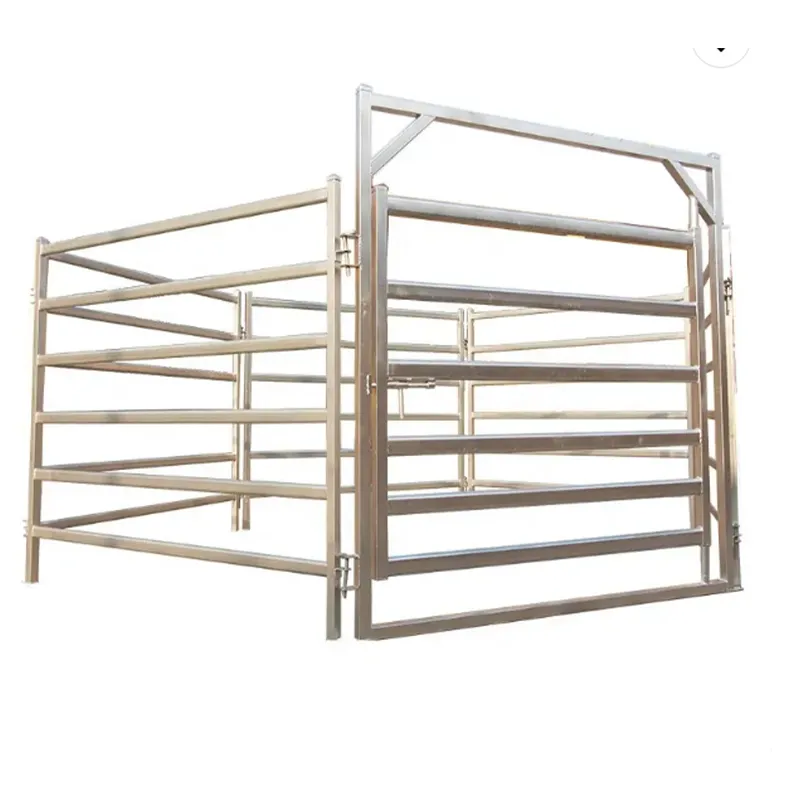
- Afrikaans
- Albanian
- Arabic
- Armenian
- Azerbaijani
- Basque
- Belarusian
- Bengali
- Bosnian
- Bulgarian
- Croatian
- Czech
- Danish
- Dutch
- English
- Esperanto
- Estonian
- Finnish
- French
- Galician
- Georgian
- German
- Greek
- hawaiian
- Hindi
- Hungarian
- Indonesian
- irish
- Italian
- Lao
- Latvian
- Lithuanian
- Luxembourgish
- Macedonian
- Maltese
- Myanmar
- Norwegian
- Polish
- Portuguese
- Romanian
- Russian
- Serbian
- Slovak
- Somali
- Spanish
- Swedish
- Thai
- Turkish
- Turkmen
- Vietnamese
окт . 02, 2024 00:22 Back to list
Guide to Installing Durable Metal Fence Posts for Your Outdoor Space
Installing Metal Fence Posts A Comprehensive Guide
Installing metal fence posts is an essential step for anyone looking to build a durable and secure fence. Metal posts provide strength and longevity compared to other materials, such as wood. This guide will walk you through the steps of selecting, preparing, installing, and finishing your metal fence posts to ensure you get the best results for your fencing project.
1. Choosing the Right Metal Fence Posts
Before beginning, it's crucial to choose the right type of metal posts for your fence. Common materials include galvanized steel, aluminum, and wrought iron. Each type has its advantages
- Galvanized Steel Known for its corrosion resistance, galvanized steel is an excellent choice for areas with high humidity or exposure to the elements. It’s strong and can withstand heavy impacts. - Aluminum Lightweight and resistant to rust, aluminum is easier to handle and is ideal for residential applications. However, it might not be as strong as steel for heavier fencing. - Wrought Iron Offers a classic look and exceptional strength. It’s suitable for ornamental purposes but may require more maintenance to prevent rust.
Consider the purpose of your fence and local climate before making a decision.
2. Preparing for Installation
Once you've selected your metal posts, gather the necessary tools for installation. You'll generally need
- A post hole digger - A level - A measuring tape - Concrete mix (fast-setting is preferable) - Water - A shovel - A hammer - Safety goggles and gloves
Begin marking the location for your posts, ensuring that they are spaced evenly, typically 6 to 8 feet apart, depending on your fence design
. Use a measuring tape and chalk to create straight lines and measure the exact distances.3. Digging the Holes
installing metal fence posts

Using a post hole digger, excavate holes for the posts. Each hole should generally be about one-third the length of the post you’ll be installing to ensure stability. For example, if your metal post is 8 feet tall, the hole should be approximately 2 to 3 feet deep.
Make sure the diameter of the holes is wider than the posts to allow for the concrete. If you plan to add a gate, ensure that gate posts are deeper and wider to accommodate the additional weight.
4. Setting the Metal Posts
Once your holes are ready, it’s time to set the posts. Place the metal post in the center of the hole, ensuring it is straight using a level. Hold the post in position while you fill the hole with concrete mix. Follow the manufacturer's instructions for mixing, generally combining the mix with water until it reaches a thick consistency.
After pouring the concrete, fill the remaining space around the post, ensuring there are no air pockets. Once completed, use a level to check the post is perfectly vertical. Allow the concrete to set according to package instructions, typically around 24 to 48 hours.
5. Finishing Touches
After the concrete has cured, revisit the posts for any final adjustments or additional features you may want to add. You might want to paint the metal posts with a rust-resistant paint to match your fence design or provide additional protection.
Once your posts are secure and finished, you can attach the fencing material, whether it’s chain link, wood panels, or another type of fence. Make sure to double-check your measurements and spacing as you go to ensure a well-aligned fence.
Conclusion
Installing metal fence posts is a straightforward process when broken down into manageable steps. By selecting the right materials, preparing properly, and following installation procedures carefully, you can create a strong and lasting fence. Whether for privacy, security, or aesthetic purposes, a metal fence built correctly will provide peace of mind for years to come. Happy fencing!
-
Your Ultimate Solution for Australian Temporary Fencing
NewsMay.14,2025
-
The Ultimate Guide to Crowd Control Barriers: Secure Your Events with Ease
NewsMay.14,2025
-
Secure Your Livestock with High-Quality Livestock Fence Panels
NewsMay.14,2025
-
Enhance Your Livestock Management with Top-Quality Cattle Fences
NewsMay.14,2025
-
Enhance Security and Safety with Temporary Fencing Solutions
NewsMay.14,2025
-
Corral Gates
NewsMay.14,2025









